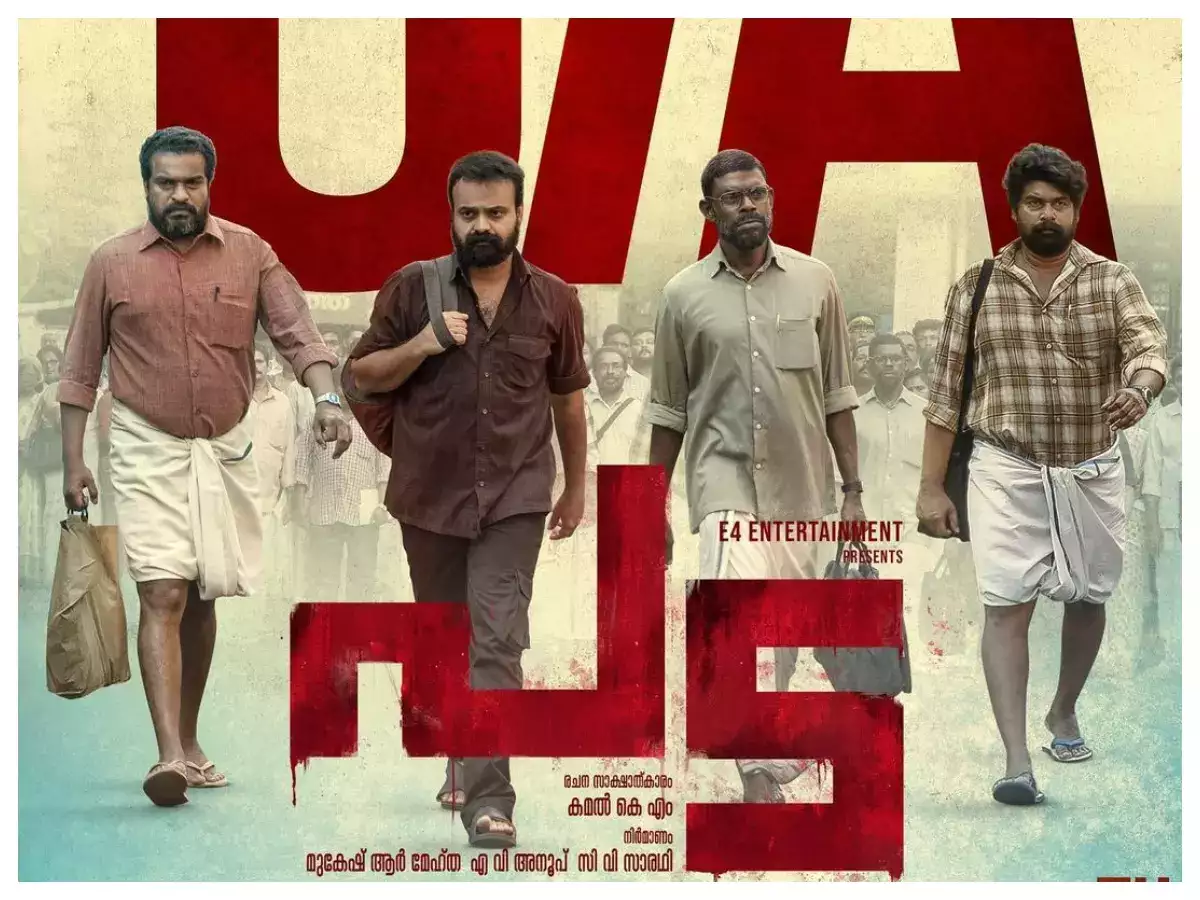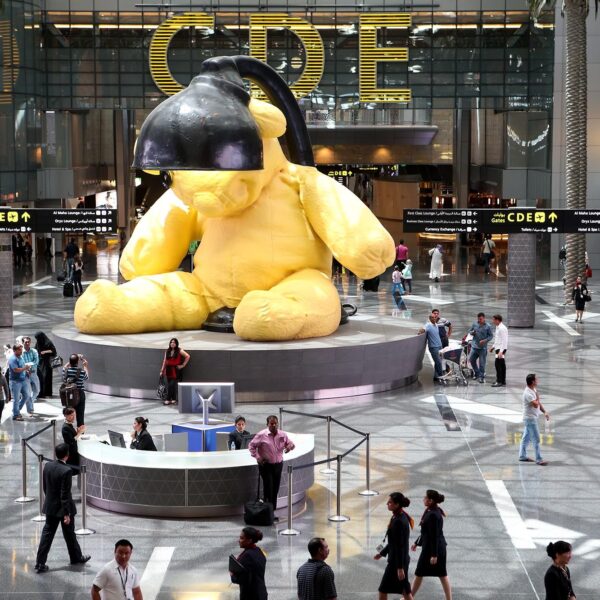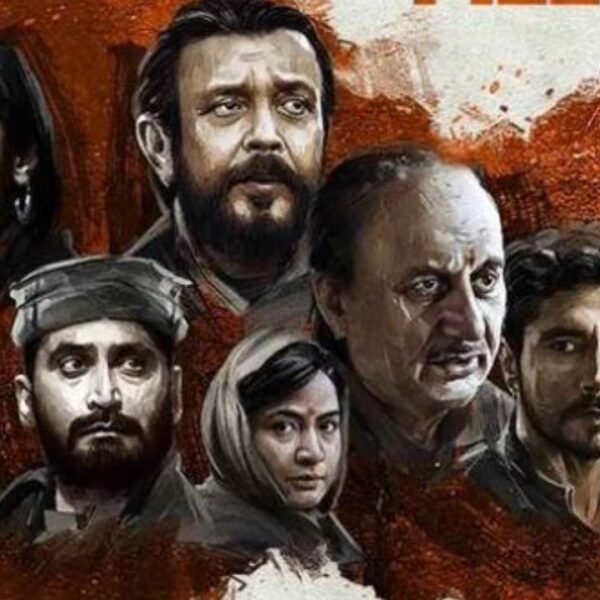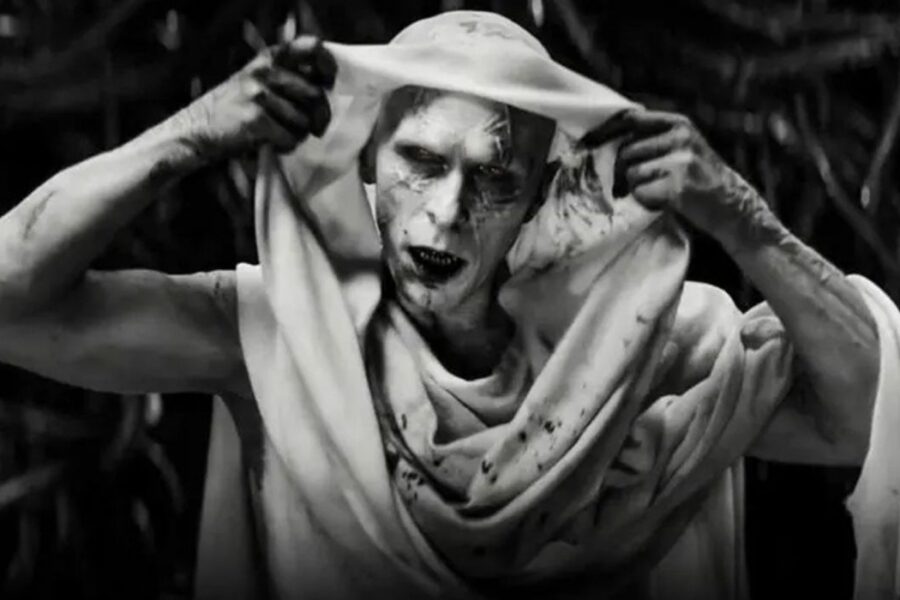Story: Based on a true incident, the film is about four men, who call themselves Ayyankali Pada, holding the Palakkad collector hostage demanding tribal land rights
Review: Every once in a while you will see a movie that will make you think that it was two hours well spent. Pada is one such. After the 125 minute film, not only do you feel the appreciation of having experienced a good cinematic experience, but you feel you have learnt something and want to do something. Interestingly, the film is based on an incident that took place in 1996 at the Palakkad Collectorate, but sadly, over 25 years later, the story feels very current, except today, it might be difficult to pull together a handful of people who will selflessly operate for the needs of others.
Kunchacko Boban, Vinayakan, Joju George and Dileesh Pothen – not in that order of importance – form the Ayyankali Pada which holds the collector hostage over about 10 hours. They want the Left government to withdraw a new bill that alienates adivasi rights over their land. So they lock themselves in, with the collector, at his office with some ammunition and start negotiations.
The film takes us through the drama of the mediation between the four and the government, represented by the chief secretary, played by Prakash Raj. The administration’s interest is more in saving face with elections coming up and getting the officer out without harm. As the ‘pada’ follow the news to see how their protest is being perceived, they are irked to find that an official statement suggests that the police don’t know who they are or what their demands are; the administration plays it cleverly to seem like the victims of terrorists. But these are a passionate and intelligent four. They know things at the grassroots level and otherwise. When the collector quotes the Geneva Convention on hostage rights, they know how to counter it and when he says he is service minded and has helped out in a tribal land issue, they again point out that he was not able to finish the programme successfully.
Do things get resolved amicably? The government provides a temporary salve and the film ends with visuals of the real event and tells us how things turned out for the four and not only how the sad state of how tribal land rights continue, but also how those within the administration are not spared if they don’t toe the line
The four main actors are excellent, complementing each other perfectly, and making us feel sympathetic and roused, without ever being over dramatic. A special mention to Arjun Radhakrishnan, who plays collector Ajay Sripad Dange, who holds his own when literally locked in a room with our strongest actors. He brings dignity and power to his role, and makes a tricky character very likable. Side actors, like Indrans and others, also perform very well.
The film starts out a little unclear and the constant dramatic BGM by composer Vishnu Vijay over the dialogues don’t help; but the adivasi songs have a beautiful, rustic beat. The cinematography by Sameer Thahir and the editing by Shan Mohammed keep the dramatic pace of the movie and though a large part of it is shot in a room, it is well-captured and feels claustrophobic only at moments when the film requires it.
Basically, writer-director Kamal KM used a striking incident in the State’s political history and converted it into a good cinema with a compelling, thought-provoking screenplay, perfectly captured scenes that convey not only the very different times but also the working of our government offices, and great acting. This is a highly recommended film for all.
Source: Timesofindia







Leave a Comment